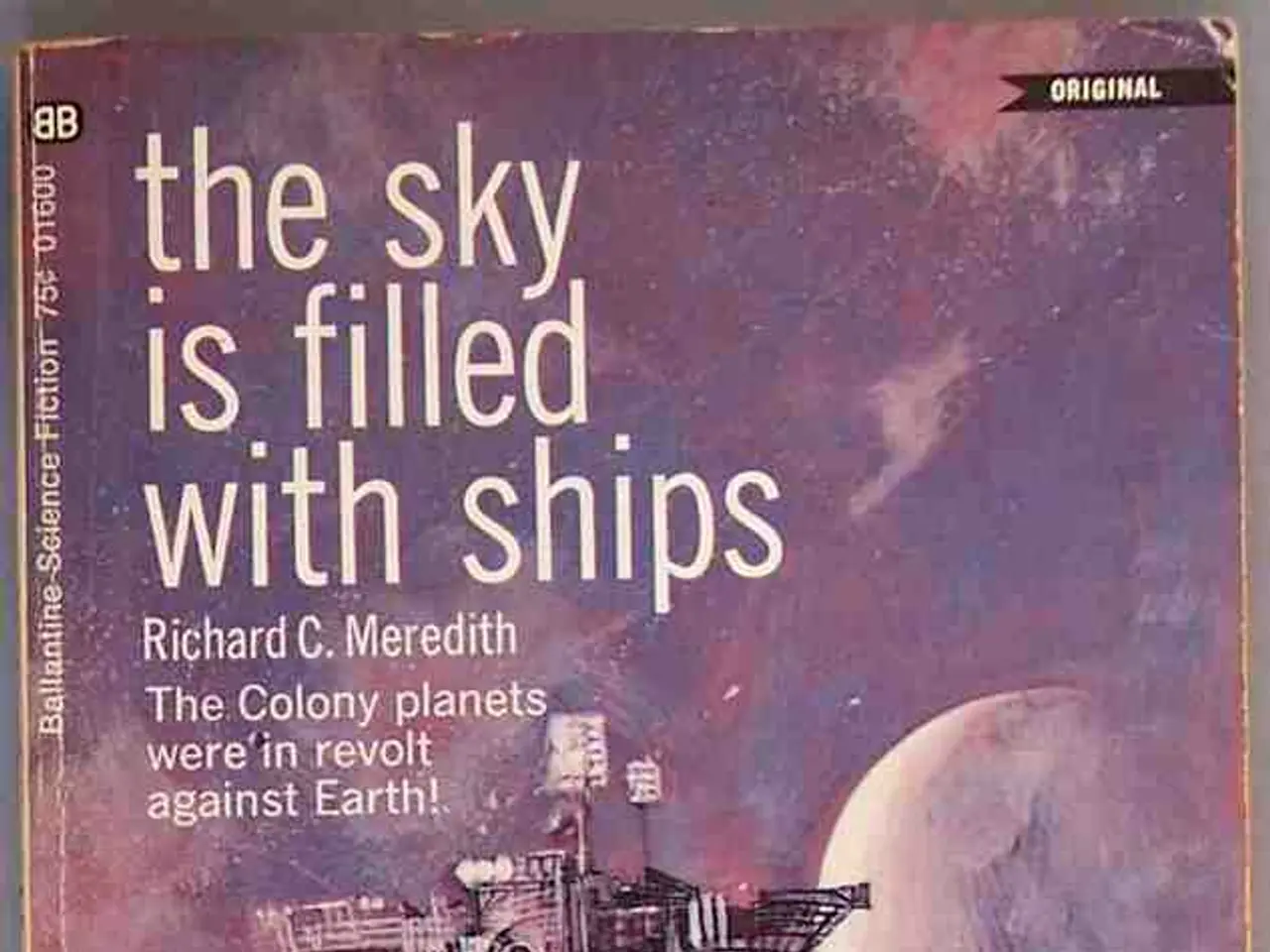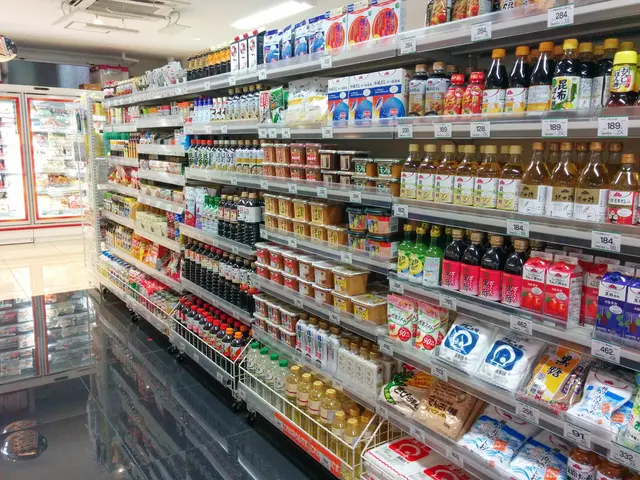Jupiter Project's Advancement Leads to First Rare Earth Production by Critica
In a significant development, Critica's Jupiter project in Yalgoo, Western Australia, is making strides towards becoming a cornerstone of Australia's rare earth supply chain. The project, which contains a global inferred resource of 1.8 billion tonnes at 1,700 parts per million (ppm) total rare earth oxides (TREO), has been confirmed as Australia's largest and highest-grade clay-hosted magnet rare earth oxide (MREO) inferred resource by both total tonnage and contained MREO.
On August 13, Critica delivered the first composite concentrate from its Jupiter project to the Australian Nuclear Science and Technology Organisation (ANSTO) for independent leach testwork. ANSTO will process the concentrate to produce mixed rare earth carbonate (MREC). The independent leach test program, along with hydrometallurgical programs conducted by Minutech, a specialist consultancy, will determine the most effective chemistry to produce Jupiter MREC.
Mineralisation at Jupiter can easily be upgraded by over 800 percent via two beneficiation steps. This upgrading points to a materially smaller wet plant and lower capital and operating intensity at Jupiter.
Critica's focus on Jupiter includes infrastructure advantages and extensive additional targets across its tenure. The company aims to assist in the global energy transition, focusing on four key magnet rare earths: neodymium, praseodymium, dysprosium, and terbium. Critica is looking to support long-term demand from sectors including the electric vehicle, wind turbine, medical, and defense industries.
The results of these test programs will directly inform Critica's pilot work and staged duties. The company does not disclose any direct investment interest in any company mentioned in this article.
As the Jupiter project continues to progress, Critica invites you to follow their social media accounts for real-time news updates. For more insights, you might find interesting articles about the 3 best-performing Canadian rare earths stocks in 2025, the 5 biggest ASX companies in 2025, and the 9 biggest companies in 2025.
It's worth noting that Jupiter contains low uranium and thorium levels, which could ease permitting and international offtake. This, combined with the project's potential to become a significant contributor to Australia's rare earth supply chain, makes Jupiter a project worth watching.





